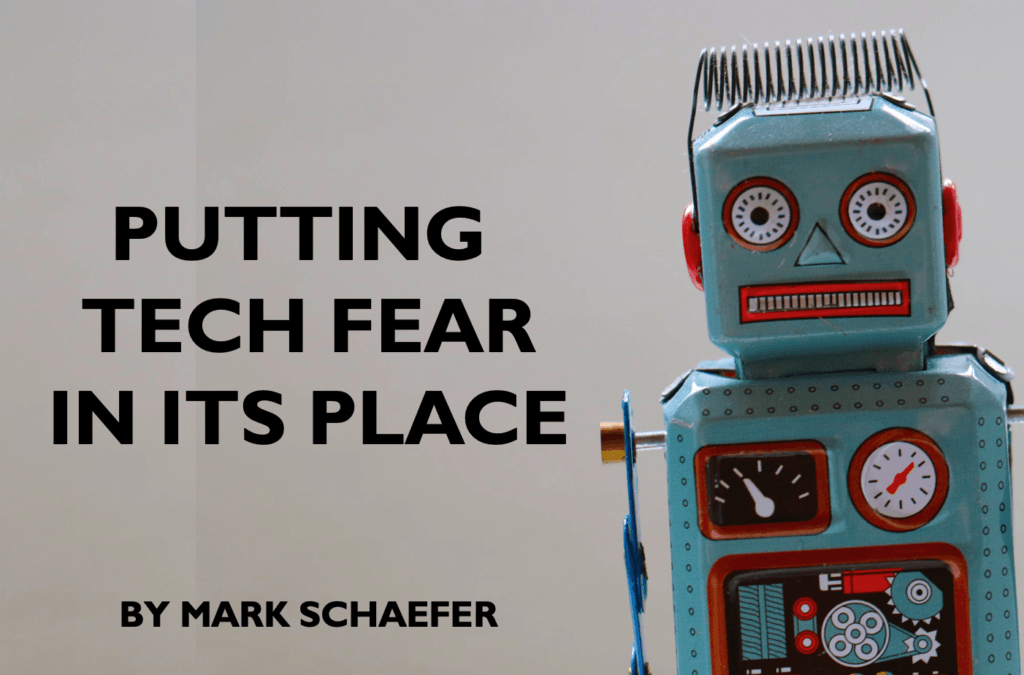https://econsultancy.com/the-role-for-marketing-in-business-transformation-and-the-customer-backwards-approach/
The content of this briefing is reproduced from Econsultancy’s Change Management for Marketers Best Practice Guide, published November 2019 and written by Neil Perkin. The report is designed to provide marketers with practical guidance and advice on how best to manage change in the context of rapidly shifting technology, consumer behaviour and market dynamics.
With so many organisations having embarked on digital transformation programmes, and with rapidly changing competitive environments, the need for marketers to understand how to manage change and complexity has never been greater.
This briefing will cover:
- How marketing can be the ears and the voice of the customer
- Adopting a customer-backwards approach
- Digitally native vertical brands as case studies for a CX focus
- Storytelling and business transformation
Explore the wider report for key principles and practical ideas across a broad set of areas including change vision and strategy, progress measures, skills, organisational culture and behaviour.
Marketing as the ears and the voice of the customer
None of the interviewees in Econsultancy’s research into change management believe that marketing should lead wider business and digital transformation programmes in isolation, but a number noted that marketing can often play a critical role. As the ‘voice of the customer’, marketing can clearly play an important part in interpreting and conveying changing consumer behaviour and can ensure that customer needs are relayed back to the wider organisation.
Interviewees also noted however, that there has been a dramatic increase in both the complexity of how teams can interface with consumers and understand patterns of behaviour and interaction across a plethora of different touchpoints. The opportunity is for marketing to be, as one interviewee put it, the “ears and the voice” of customers – continuously listening, responding, interpreting, relaying, championing changing customer needs, behaviours and insights.
Customer understanding in change management
“Understanding customers didn’t use to be quite the high-resolution exercise it is now. There is such opportunity for a greater depth of customer understanding which can bring new value to organisations, not least how customers are behaving in channels that are relatively new.”
Scott Brinker, VP Platform Ecosystem, HubSpot
There is a growing sophistication in how marketing teams can gather insights which can inform more of a ‘customer-backwards’ approach. (This refers to working methodologies that work back from customer understanding and interaction to develop new or improved propositions.) Yet marketing teams are increasingly playing this customer-backwards role alongside other functions within the organisation, most notably product teams, and other customer-facing functions such as service and support.
The ‘customer-backwards’ approach
The key is to create a joined-up approach and common understanding across all functions that interface with the customer in some way, and to promote a ‘customer-backwards’ culture across the wider organisation to align every team around the importance of customer experience as a competitive advantage.
As discussed, customer experience has required marketing teams to work more horizontally with other functions in the business, and in some cases has presented an opportunity for marketing to expand into new areas of customer understanding and interaction. The lines between functions within organisations are blurring, requiring marketers to work in new ways to capitalise on the opportunity for competitive advantage that exceptional customer experience can bring.
An example of where exceptional customer experience is creating new opportunities but also new competitive threats to many incumbent brands is the rise of so-called digitally-native-vertical-brands (DNVBs). These are the direct-to-consumer brands like Glossier, Dollar Shave Club, Harry’s and Allbirds, which focus on one area of a market, establish subscription relationships with consumers and concentrate on exceptional customer experience, great ecommerce, the use of data and content marketing.
Andy Dunn, founder of Bonobos, a direct-to-consumer clothing brand, has defined the key characteristics of a DNVB. This includes using digital as the primary means of interacting, transacting and storytelling with consumers, targeting digitally-native younger audiences, ‘maniacally’ focusing on customer experience, operating in vertical markets and capitalising on accessible venture capital and technical infrastructure that support nimble supply chains.
‘Customer-backwards’ companies
“Many new types of organisation just act differently. Often they have started with an exceptional customer experience and worked back to create a company.”
Stefan Tornquist, SVP Research and Content Strategy, Econsultancy US
Excitement around DNVBs highlights the value of ‘customer-backwards’ thinking
Strategist Shane O’Leary has noted how such direct-to-consumer businesses attracted $1.2bn of venture capital investment in 2018 and quotes marketing professor Scott Galloway who says of DNVBs:
“We’re seeing the ‘nichification’ of traditional categories. A variety of trends have converged to enable breakout products. Small players can get global reach and instant credibility without the massive budgets and the distribution constraints that used to limit them. The long tail has new life.”
O’Leary has also noted how a number of DNVBs are starting to behave more like traditional brands as they mature. This includes expanding into broadcast media for promotion, developing brand extensions, forging relationships with big retail and establishing their own retail real estate in order to enhance their routes to market. The growth of DNVBs is an example of how powerful exceptional customer experiences, combined with great products and propositions and the smart use of content and first-party data, are changing markets and marketing. It also highlights the value of ‘customer-backwards’ thinking and working.
Amazon ‘working backwards’
Amazon pride themselves on being more than just a customer-centric business. Their philosophy of ‘working backwards’ from the customer infuses the entire business with culture and practices to align the organisation around the needs of the customer. Econsultancy’s Learning From Digital Disruptors report highlights one of the key ways in which they bring this to life – the ‘working backwards’ document. This is a six-page narrative that is used to make a business case for a new idea.
Anyone at Amazon can originate an idea for how Amazon can create more value for customers, and the document is written as a way to express and explain the idea in customer-focused terms to determine whether it is an exciting idea for Amazon’s users. The document is formatted under some key headings:
-
Heading: Name the product in a way the reader (i.e. your target customers) will understand.
-
Subheading: Describe who the market for the product is and what benefit they get. One sentence only underneath the title.
-
Summary: Give a summary of the product and the benefit. Assume the reader will not read anything else so make this paragraph good.
-
Problem: Describe the problem the product solves.
-
Solution: Describe how your product elegantly solves the problem.
-
Quote from you: A quote from a spokesperson in your company.
-
How to get started: Describe how easy it is to get started.
-
Customer quote: Provide a quote from a hypothetical customer that describes how they experienced the benefit.
-
Closing and call to action: Wrap it up and give pointers where the reader should go next.
The working backwards document is used to present the case for the idea, and to bring it to life for senior leaders, but once the idea is agreed it also acts as a ‘North Star’ to provide a clear direction for the team that are working on it.
For more information on Amazon, check out Econsultancy’s Amazon: Lessons and Success Stories report.
Storytelling and business transformation
Alongside this relentless focus on the customer, a few of the interviewees for this report noted how marketing can play a key role in storytelling for a wider business transformation and join up the internal and external messaging around the change programme.
Many transformation programmes are internally focused but it is important to also consider how the business strategy and change is communicated to customers, suppliers and partners. The internal and external messaging need to be aligned and marketing can play a key role in making this happen.
The post The role for marketing in business transformation and the ‘customer backwards’ approach appeared first on Econsultancy.




 Fear of our technological future has been with us since the dawn of the Industrial Age. I remember reading how the train companies were against telephones because they were afraid people would stop traveling!
Fear of our technological future has been with us since the dawn of the Industrial Age. I remember reading how the train companies were against telephones because they were afraid people would stop traveling!
 If you’re a business owner or an entrepreneur, you know how hard it is to stay on top of all your contacts and ensure that nothing is falling through the cracks.
If you’re a business owner or an entrepreneur, you know how hard it is to stay on top of all your contacts and ensure that nothing is falling through the cracks. 
 RSM Marketing
RSM Marketing Mark Schaefer is the chief blogger for this site, executive director of Schaefer Marketing Solutions, and the author of several best-selling
Mark Schaefer is the chief blogger for this site, executive director of Schaefer Marketing Solutions, and the author of several best-selling